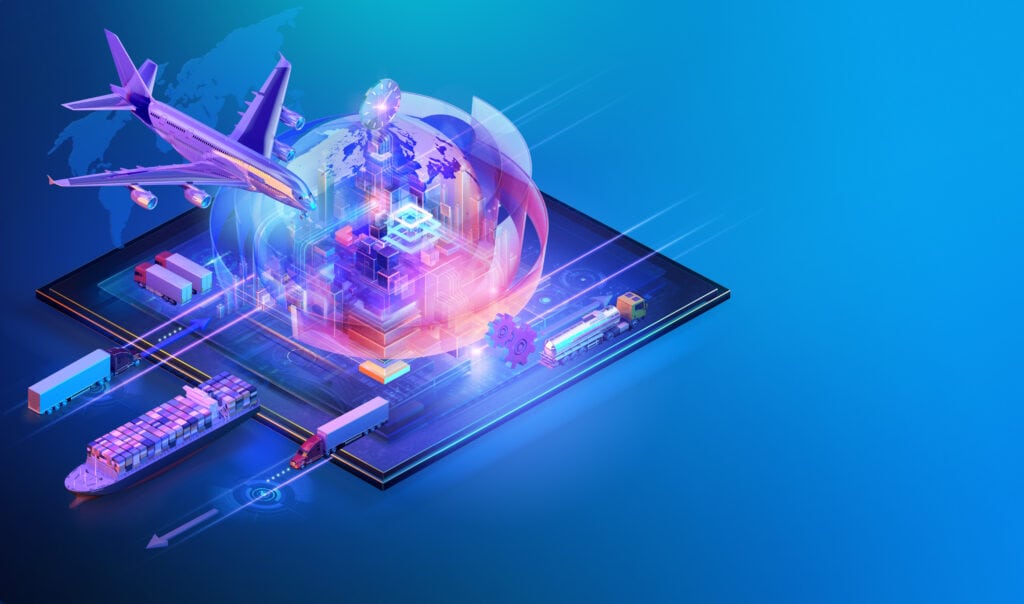Gaining Better Visibility: Where to Start

While the business-to-consumer (B2C) market has embraced sophisticated technology tools to enable a digital transformation across the supply chain, the business-to-business (B2B) industry has been slower to adapt, steadfast in a reliance on spreadsheets, phone calls and email.
Faced with increasing disruptions from transportation to COVID, and from labor to politics, companies can no longer afford to rely on manual processes to effectively grow and compete in a global economy.
In a pre-pandemic world, inherent trust was the foundation of an effective supply chain. Today, with significant market disruptions and capacity constraints, visibility—enabled by technology—is now a linchpin to success.
By investing in the visibility tools needed to deliver on the demands of today’s customers, B2B companies are in a better position to attract and retain customers, create customer service efficiencies, and automate manual processes to save time and resources. In doing so, these organizations gain a competitive advantage in an increasingly challenging market.
But where to start? To deliver the insights today’s customers require, B2B companies should first consider implementing the proper internal tools. Three broad categories to evaluate are sales, inventory, and transportation. Based on these categories, here are some practical approaches—and recommended technologies—to achieve greater visibility in your B2B supply chain.
• Customer/supplier portals. Portals give your customers and suppliers immediate access to their service needs and the ability to connect and share information. Improved supply chain visibility begins with having accurate data so that customers and suppliers can better understand the status of their orders, download receipts, and pay invoices.
Using a supplier portal, your business partners can automate the many aspects of supplier management, such as updating and maintaining their data. This drastically reduces your administrators’ workload and saves much time and effort.
Technology advancements have changed the approach and expectations of customer service. As a result, it’s particularly important to empower customers and suppliers with self-service capabilities so they can make inquiries that typically would have been made via phone or email.
Inventory visibility. There’s nothing more frustrating for a customer than to not have a particular item on hand to complete a project. Providing real-time inventory data builds trust and helps customers more confidently complete an online order that can be delivered when and where they need it.
Real-time inventory data also helps your sales team set realistic expectations about what products are available and when they can be delivered. Your company can achieve inventory visibility by using a traditional ERP or WMS, or by providing access to a database with real-time inventory information.
• Transportation. Even with today’s supply chain pressures, customers still want to know their order status. Compounding these pressures is the high cost of labor, making it even more expensive and frustrating to have a team on site with no work to do while they wait for a delivery.
By integrating shipping processes—creating shipping documents, printing shipping labels—with carrier systems, you can share tracking numbers and real-time status alerts with customers based on their preferences. Such systems also provide customers with access to proof of delivery and pictures of damaged products for freight claims.
When you take a page out of the B2C playbook and enable your supply chain with the latest visibility technologies, you’ll be even more competitive—not only in these challenging times, but also well into the future.

